Rising Demand for Diagnostic Applications
The demand for diagnostic applications is significantly influencing the Magnetic Beads Market. Magnetic beads are integral to various diagnostic techniques, including polymerase chain reaction (PCR) and enzyme-linked immunosorbent assay (ELISA). The increasing prevalence of chronic diseases and the need for rapid and accurate diagnostic tools are driving this demand. Recent data suggests that the diagnostic segment is expected to capture a substantial share of the market, potentially exceeding 30% by 2026. This trend underscores the importance of magnetic beads in facilitating timely and effective disease detection, thereby enhancing patient outcomes and driving market growth.
Increased Investment in Research and Development
Investment in research and development within the Magnetic Beads Market is on the rise, as companies seek to innovate and improve their product offerings. This influx of capital is directed towards enhancing the performance characteristics of magnetic beads, such as their size, surface chemistry, and magnetic properties. As organizations strive to meet the evolving needs of the healthcare and life sciences sectors, R&D initiatives are becoming crucial. The market is expected to benefit from these investments, with projections indicating a potential increase in market size by 15% over the next few years. This growth is indicative of the industry's commitment to advancing technologies and maintaining competitiveness.
Focus on Automation and High-Throughput Screening
The Magnetic Beads Market is increasingly focusing on automation and high-throughput screening processes. The integration of magnetic beads in automated systems allows for streamlined workflows and increased efficiency in laboratory settings. This shift towards automation is particularly beneficial in high-throughput applications, where large volumes of samples need to be processed rapidly. As laboratories seek to enhance productivity and reduce manual errors, the adoption of automated magnetic bead systems is likely to rise. Market forecasts indicate that this segment could witness a growth rate of around 12% annually, reflecting the industry's adaptation to modern laboratory demands and the pursuit of operational excellence.
Technological Innovations in Magnetic Beads Market
The Magnetic Beads Market is experiencing a surge in technological innovations that enhance the functionality and efficiency of magnetic beads. Recent advancements in nanotechnology and material science have led to the development of high-performance magnetic beads with improved binding capacities and specificity. These innovations are particularly relevant in applications such as diagnostics, drug delivery, and biomolecular separation. For instance, the introduction of superparamagnetic beads has revolutionized the separation processes, allowing for faster and more efficient results. As a result, the market is projected to grow at a compound annual growth rate (CAGR) of approximately 10% over the next five years, driven by the increasing adoption of these advanced technologies.
Growing Applications in Life Sciences and Biotechnology
The Magnetic Beads Market is witnessing a notable expansion due to the growing applications in life sciences and biotechnology. Magnetic beads are increasingly utilized in various processes such as DNA extraction, protein purification, and cell separation. The rise in research activities and the increasing focus on personalized medicine are propelling the demand for magnetic beads in these sectors. According to recent estimates, the life sciences segment accounts for over 40% of the total market share, indicating a robust growth trajectory. This trend is likely to continue as more researchers and laboratories adopt magnetic bead-based techniques for their efficiency and reliability, further solidifying the market's position in the biotechnology landscape.


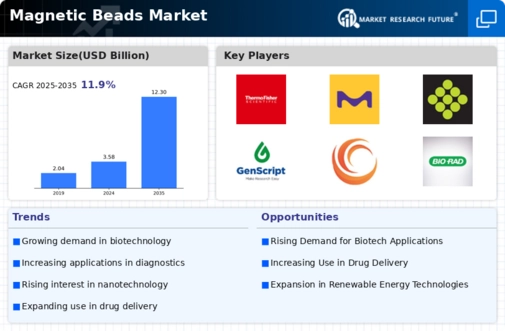
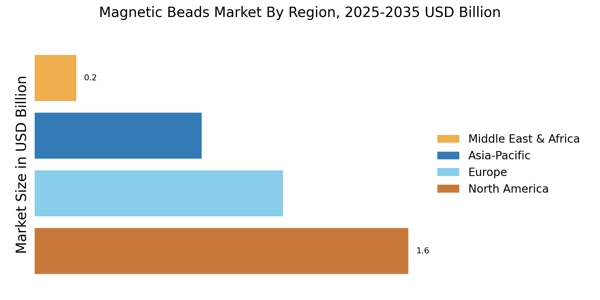
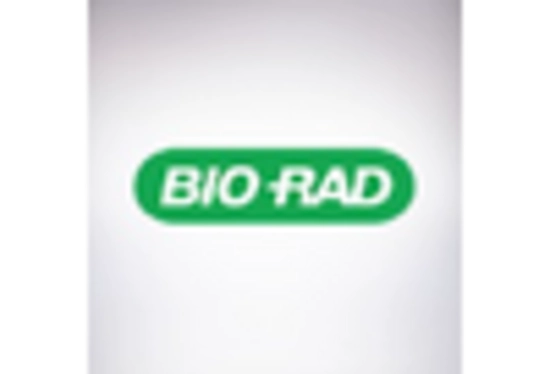
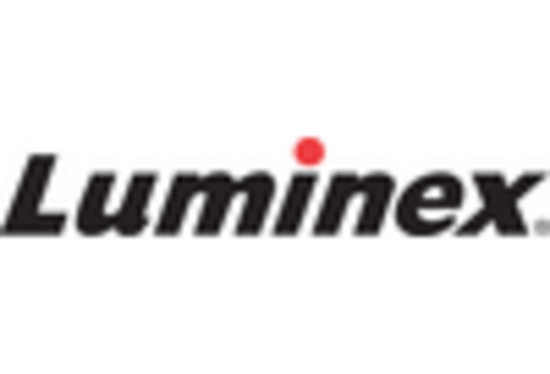
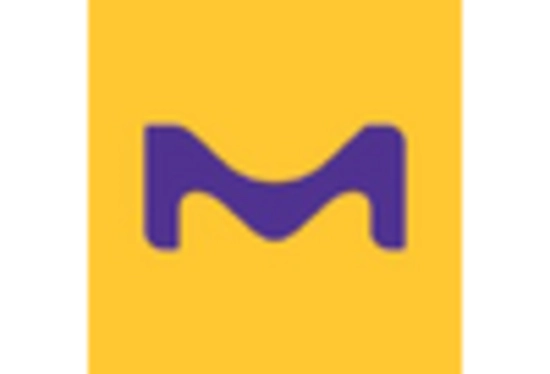
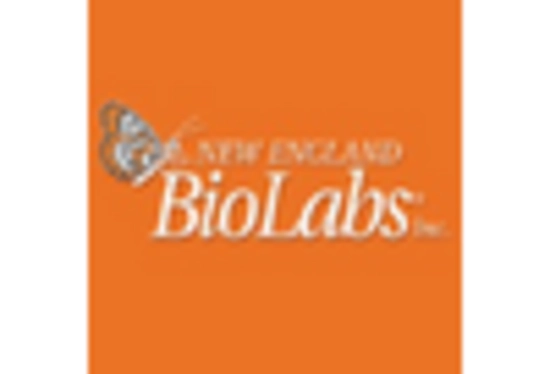
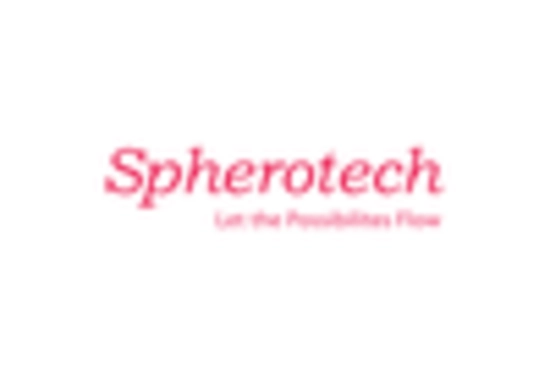









Leave a Comment